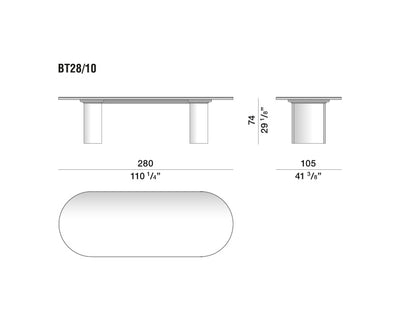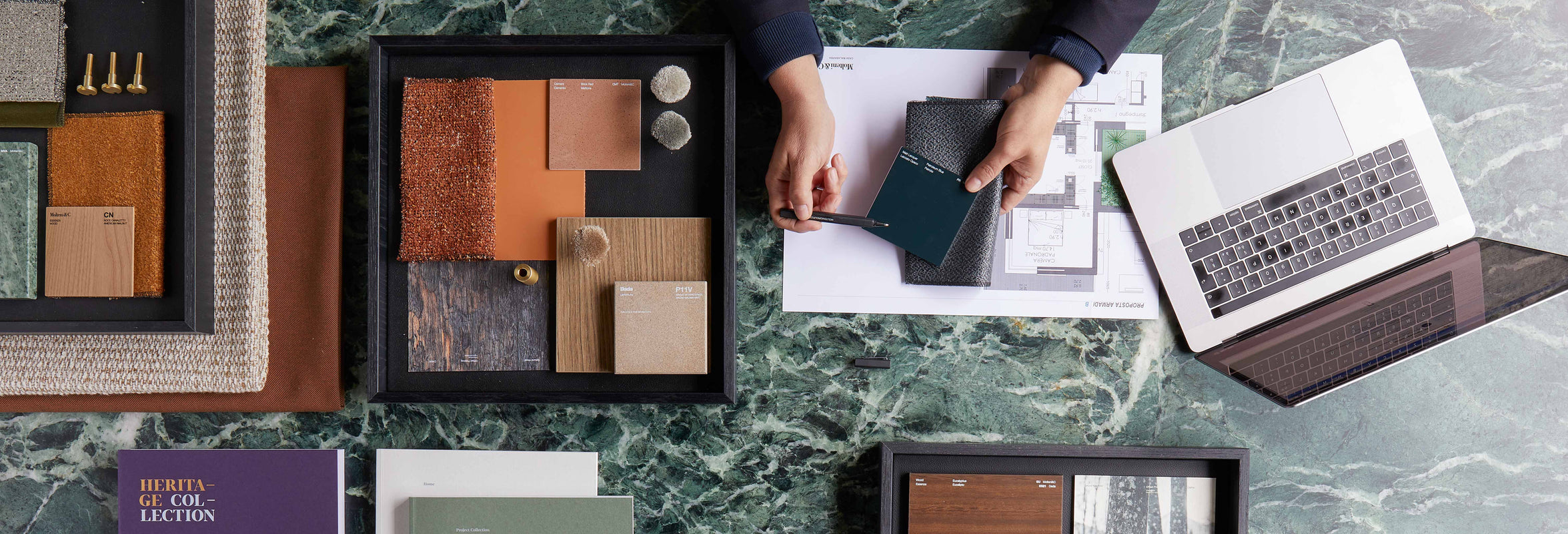
Ignazio Gardella was born on March 30th 1905 in Milan, after qualifying engineer, he started his profession in the engineering studio founded by his father Arnaldo. He adhered to the expectations of rationalism. His main works of the 1930s include the enlargement of Villa Borletti in Milan (1936) and the anti-tuberculosis dispensary in Alessandria (1938). In 1949 he graduated in architecture at the Venice IUAV. He took an active part in the architectural debate: a member of the MSA (Architecture Studies Movement), in 1947 he took part in the first INU (Istituto nazionale di urbanistica) congress, and between 1952 and 1956, he directed the CIAM (Congrès Internationaux d’Architecture Moderne) summer course in Venice. He was a member of the Italian delegation at the last CIAM congress in Otterlo (1959). His post war works included a hostel for the Borsalino employees in Alessandria (1952), Milan’s contemporary art gallery (1953), a home at the Zattere in Venice and the Olivetti canteen in Ivrea (with Roberto Guiducci, both in 1958), the Alfa Romeo offices in Arese (1972), the Monument to the dead of the partisan struggle and the Piazza della Loggia in Brescia (1984, 1988), the new Carlo Felice Theater in Genoa (with Aldo Rossi and Fabio Reinhardt, 1990). Ignazio Gardella passed away in Oleggio on 15 March 1999.


Ignazio Gardella was born on March 30th 1905 in Milan, after qualifying engineer, he started his profession in the engineering studio founded by his father Arnaldo. He adhered to the expectations of rationalism. His main works of the 1930s include the enlargement of Villa Borletti in Milan (1936) and the anti-tuberculosis dispensary in Alessandria (1938). In 1949 he graduated in architecture at the Venice IUAV. He took an active part in the architectural debate: a member of the MSA (Architecture Studies Movement), in 1947 he took part in the first INU (Istituto nazionale di urbanistica) congress, and between 1952 and 1956, he directed the CIAM (Congrès Internationaux d’Architecture Moderne) summer course in Venice. He was a member of the Italian delegation at the last CIAM congress in Otterlo (1959). His post war works included a hostel for the Borsalino employees in Alessandria (1952), Milan’s contemporary art gallery (1953), a home at the Zattere in Venice and the Olivetti canteen in Ivrea (with Roberto Guiducci, both in 1958), the Alfa Romeo offices in Arese (1972), the Monument to the dead of the partisan struggle and the Piazza della Loggia in Brescia (1984, 1988), the new Carlo Felice Theater in Genoa (with Aldo Rossi and Fabio Reinhardt, 1990). Ignazio Gardella passed away in Oleggio on 15 March 1999.

Blevio | Table
Designed in 1930, Blevio is a table that Gardella (1905-1999) made as a single model for his own family home, Villa Usuelli in Blevio on Lake Como. It is an extraordinarily harmonious and timeless piece of furniture, which today becomes collective heritage; it combines the purest features and intrinsic simplicity. Gardella was already an established figure on the Italian architecture scene and in those same years he designed Alessandria’s Vittorio Emanuele III Sanatorium (1928- 1938) with its rationalist chapel, the Hygiene and Prophylaxis Laboratory (1933-1938) and the Antituberculosis Dispensary (1933-1938).

Elegant and geometrically linear, the Blevio table is rich in design, in details that reveal themselves to the attentive eye. It is the result of a process that removed the superfluous, of the perfect synthesis between form and function, of the careful and selective use of the material that was to become its main aesthetic feature. It is a project that focuses on the essential and on the removal of decoration for decoration’s sake.
The upper part of the vertical supports is linked to the table top by means of two elements. The refined and unusual play of counter curves is also a structural stabilizing element: the geometric center of the semicircular extremities of the table top coincides with that of the vertical supports. The use of curved forms responds to the need to emphasize the continuity of the table top, avoiding interruptions.

The original piece is coated in copper, a difficult material to keep using for contemporary dinner tables. Molteni&C’s Research and Development Center replaced the copper lamina on the wooden table top with a special metal powder varnish that gives the same effect of solidity and artisanal shine, conferring greater resistance.
You may also like
Recently viewed

COMPLIMENTARY CONSULTATION

CUSTOM CONFIGURATION
MADE IN ITALY








